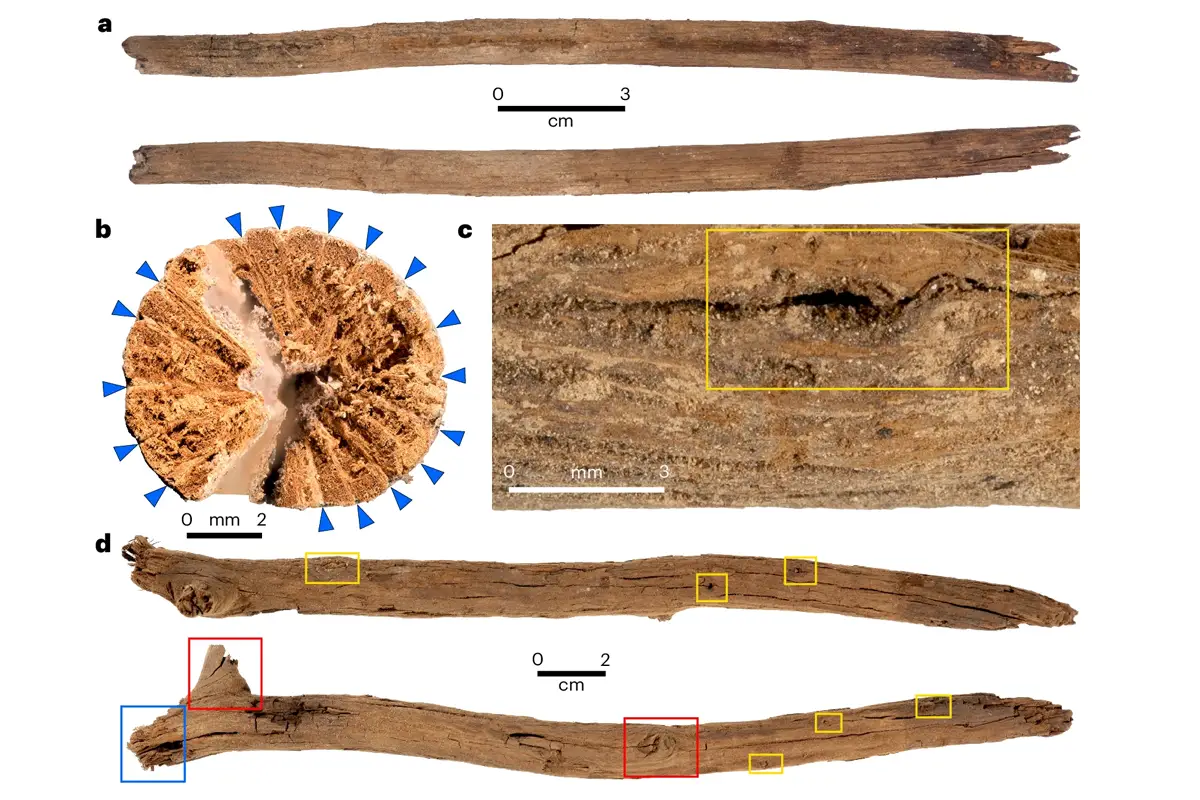Archaeologists from Monash University, in collaboration with the GunaiKurnai Land and Waters Aboriginal Corporation (GLaWAC), have discovered evidence of ancient rituals dating back to the end of the Last Ice Age, approximately 11,000 to 12,000 years ago.
The results of a study, published in the scientific journal Nature Human Behaviour, documents the discovery of two small fireplaces within Cloggs Cave in the foothills of the Australian Alps.
Within each fireplace is a protruding trimmed wooden stick made of Casuarina wood, smeared with fat for use in rituals by Aboriginal medicine men and women known as “mulla-mullung”.
The ritual involved attaching an item belonging to a sick person to the end of a throwing stick, which was smeared with human or kangaroo fat. The throwing stick was then placed slanting in the ground before a fire was lit underneath. The mulla-mullung chanted the name of the sick person, then once the stick collapsed from the fire the ritual was complete.
GunaiKurnai Elder Uncle Russell Mullett remarked that the discovery serves as a reminder that Aboriginal people maintain a living culture deeply connected to their ancient past, as demonstrated by the ritual still practiced today.
Professor Bruno David from the Monash Indigenous Studies Centre at Monash University, said: “The connection of these archaeological finds with recent GunaiKurnai practices demonstrates 12,000 years of knowledge-transfer. Nowhere else on Earth has archaeological evidence of a very specific cultural practice previously been tracked so far back in time.”
According to the study authors, well-preserved wooden artefacts are rarely found in Pleistocene and Early Holocene archaeological sites. These findings represent 500 generations of cultural transmission of an ethnographically documented ritual practice that dates back to the end of the Last Ice Age.
Header Image Credit : Steve Morton
Sources : David, B., Mullett, R., Wright, N. et al. Archaeological evidence of an ethnographically documented Australian Aboriginal ritual dated to the last ice age . Nat Hum Behav (2024). doi.org/10.1038/s41562-024-01912-w





